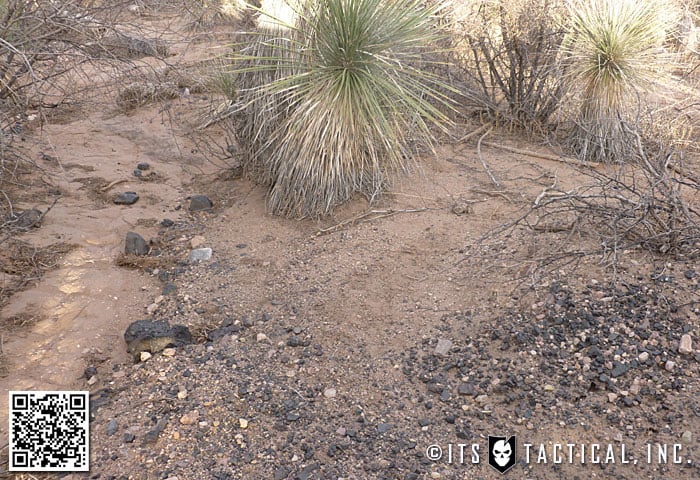The Military Combat Trackers Guide to Countertracking and Evading Pursuers
The Military Combat Trackers Guide to Countertracking and Evading Pursuers
![]()
Countertracking techniques are employed as an attempt to lose those who are pursuing you. There are three main techniques to evade potential pursuers:
Increase Speed and Distance
Attempt to move at a quicker pace in an effort to outdistance your pursuers.
Employ Deception Techniques
These methods are non-offensive in nature and designed to slow down or deny your pursuers information as to your route or intended destination.
Employ Offensive Techniques
These methods are designed to slow down, discourage or eliminate the pursuers by the use of ambushes and/or the employment of mines and booby traps.
When conducting evasion keep these rules in mind:
1. Never walk on anything that you can step over.
2. Never cut anything you can break naturally.
3. Never break anything that you can bend.
4. Never bend anything that you can move out of your way.
5. Never move anything when you can get through without moving it.
6. Never step on soft ground when you can walk on something hard.
7. Never establish a pattern that provide clues to your intentions.
8. Never do anything needlessly.
If you’re looking for hands on training to better hone your skills as a tracker, consider signing up for one of the many classes offered by TÝR Group. In addition to multi-day combat and visual tracking classes, they offer instruction on small unit tactics (rural or urban), weapons training, combatives, force on force, bushcraft and survival training.
Editor-in-Chief’s Note: John Hurth is a retired U.S. Army Special Forces Soldier who served with 1st Special Forces Group at Ft. Lewis, WA where he participated in multiple deployments overseas to include two combat tours in support of the Global War On Terror. He now uses his years of tracking knowledge as the owner and lead instructor of the TÝR Group where he and his staff conduct training on various tracking techniques.










Discussion